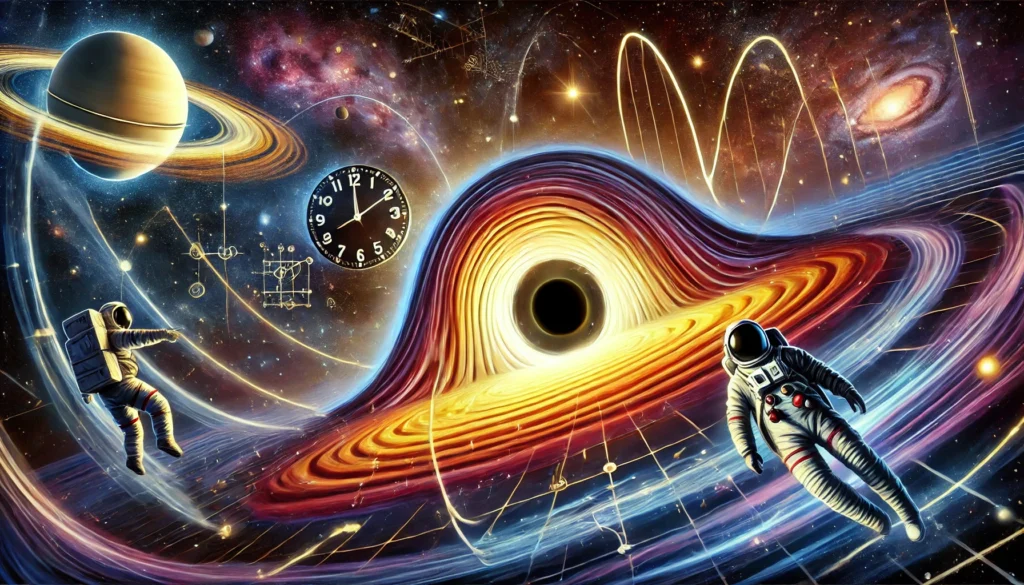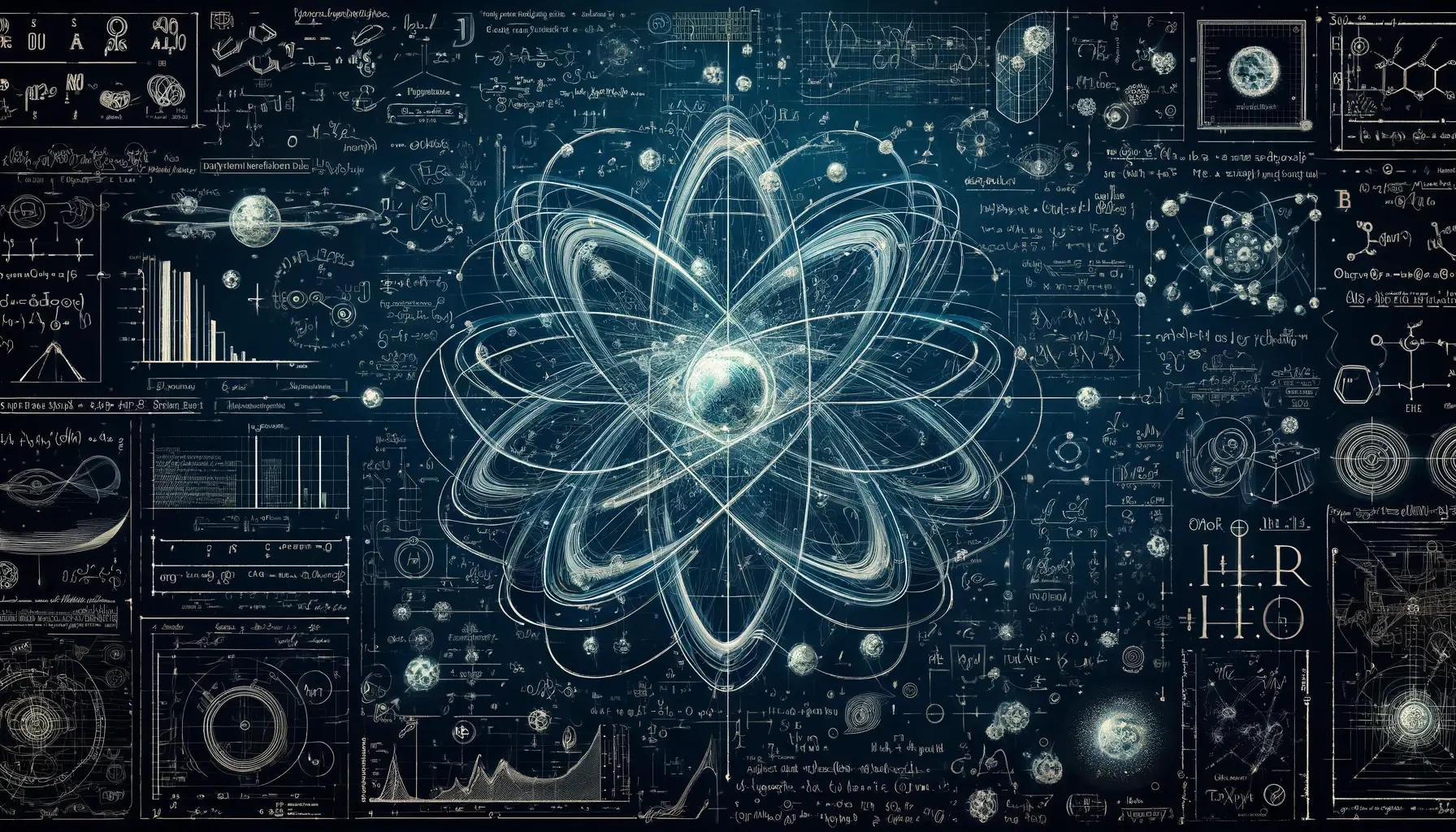“We choose to examine a phenomenon that is impossible to explain in any classical way, and which has in it the heart of quantum mechanics” – Richard Feynman
Physics has this reputation. It’s like the A+ student of the science world—the know-it-all, dependable kind of science. For centuries, classical physics was the law of the land, governing everything from apples falling to the ground to planets cruising around the sun. But like any good overachiever, it eventually cracked under pressure.
By the end of the 19th century, classical physics faced an existential crisis. The perfect machine of classical physics couldn’t explain some weird behavior in the world of tiny things, especially when it came to light and heat. The breakdown had a dramatic name: the ultraviolet catastrophe. But first, let’s start with the basics:
Blackbody Radiation
In the late 1800s, physicists were investigating this seemingly innocent phenomenon called blackbody radiation. A blackbody is an idealized object that absorbs and emits all types of electromagnetic radiation (like heat or light). Think of a blackbody as the universe’s ultimate heat sponge.
If you heat this blackbody, it should start radiating energy (like an oven). Classical physics could describe how much energy was radiated at different temperatures, but when they tried to calculate how much energy came from different colors of light, they ran into a major problem. You see, the color of light corresponds to its wavelength—red light has long wavelengths, blue light has shorter wavelengths, and ultraviolet light has even shorter wavelengths.
The classical approach (called the Rayleigh-Jeans law) predicted that as you increased the frequency of light—moving from red to blue to ultraviolet—the amount of energy emitted should just keep getting higher and higher. Which makes sense, right? Higher frequency means more energy.
But when you push that idea to its extreme—looking at super short ultraviolet wavelengths—you get an absurd prediction: the energy emitted should become infinite. This was the ultraviolet catastrophe.
Why Was This a Catastrophe?
Infinite energy means everything should explode. Which, if you’re sitting in your living room right now, clearly hasn’t happened. Every time we switch on a light or heat up the stove, we’re dealing with radiation, and somehow, the world keeps spinning.
So what the heck was going on? Classical physics was completely failing to explain what actually happens when an object radiates light. It predicted an explosion of energy in the ultraviolet range that doesn’t happen in the real world. Something big was missing from the equations.
Max Planck – The Guy Who Saved Physics by Breaking It
At this point, physics was in full meltdown mode. But in 1900, a German physicist named Max Planck decided to take the wheel and drive physics right off a cliff—and in the process, he invented quantum mechanics.
How did Planck save physics? He introduced this insanely bold idea: energy isn’t continuous. Instead of being a smooth, never-ending stream, energy comes in tiny little packets or “chunks” called quanta. In other words, energy is quantized.
Planck suggested that if you heat an object and it starts radiating energy, that energy doesn’t just come out in one big wave. Instead, it’s spit out in discrete packets. Think of energy as a bunch of individual coins instead of an infinite string of pennies. You can only have whole coins, no matter how small.
But Planck didn’t stop there—he also gave these little packets of energy a name. He called them photons (though the name came later), and he said that each photon carries an energy that depends on the frequency of the light.
Planck’s equation, which became the cornerstone of quantum theory, looked like this:
E = hv
- E is the energy of a photon.
- h is Planck’s constant (which is tiny, by the way).
- ν (pronounced “nu”) is the frequency of the light.
This tiny equation completely flipped physics on its head.
Planck’s Quantization – The Cure for the Catastrophe
By introducing quantization, Planck solved the ultraviolet catastrophe. The trick was that the energy of light increases as its frequency increases, but since energy is released in chunks, high-frequency light (like ultraviolet) needs more energy to radiate. This limits how much radiation can be emitted in the ultraviolet range, which stopped the whole infinite-energy nightmare from happening.
In simple terms, light doesn’t go wild in the ultraviolet range because the chunks of energy required are too big for the object to handle. Planck’s new physics ensured that the energy emitted by blackbodies at high frequencies wasn’t infinite—it was actually very finite and perfectly reasonable.
The Birth of Quantum Physics
Planck had no idea what he was unleashing. He was just trying to solve a stubborn problem, but in the process, he introduced the world to quantum physics—a weird, counterintuitive, and mind-blowingly accurate theory that explains the behavior of the tiniest things in the universe.
But what’s crazy is that Planck’s solution didn’t sit well with him. He wasn’t a fan of the whole “quantized energy” idea, even though he invented it. He thought it was a temporary fix—something future physicists would find a concrete solution for once they figured out the “real” explanation.
Because soon enough, this tiny crack in the wall of classical physics became a gaping hole, and quantum mechanics started taking over the world. Einstein would use quantum ideas to explain the photoelectric effect (how light knocks electrons out of metal), and Niels Bohr would use them to develop a quantum model of the atom.
Planck’s quantum idea changed the game forever, and classical physics never fully recovered.
Why the Ultraviolet Catastrophe Still Matters
So, why should you care about the ultraviolet catastrophe and Planck’s solution? Because this was the moment physics had to face the fact that it didn’t know everything. The neat, orderly world of classical physics—where everything is predictable and works according to simple rules—broke down. And in its place, we got quantum physics—a theory so strange and counterintuitive that even today, we’re still trying to fully grasp its implications.
Classical physics may have melted down, but in its ashes, quantum mechanics rose—and with it, a new understanding of the universe, one where energy comes in little chunks and the world of the very small is anything but simple.




